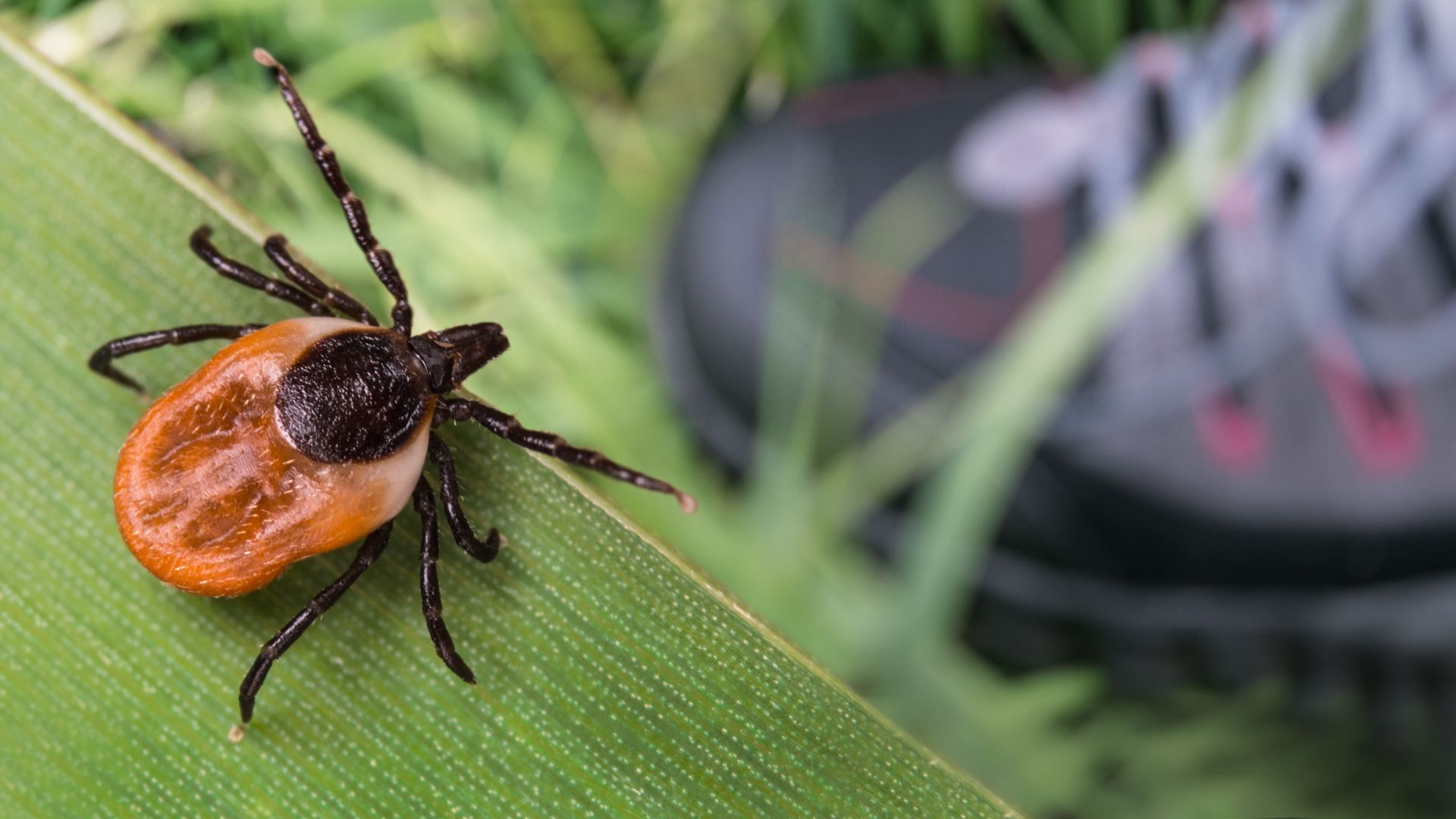More than 30,000 new cases of Lyme disease are reported each year to the Centers for Disease Control and Prevention (CDC), but the actual number of affected patients may be more than 10 times higher.
In a study published June 21, 2021, in the journal Healthcare, a researcher from UT Dallas employed new approaches to tick-borne disease surveillance in Texas with the goal of linking differing forms of surveillance data into one comprehensive picture.
Dr. Sarah Maxwell, corresponding author of the study and associate professor of public and nonprofit management in the School of Economic, Political and Policy Sciences, and her co-authors found that mapping the geographic locations of self-reported tick bite encounters with CDC-confirmed Lyme disease cases could offer a granular-level surveillance method and aid in assessing Lyme disease risk in areas perceived to be nonendemic to the tick-borne pathogen.
Lyme disease, which is caused by a bacterium that is transmitted through the bite of an infected tick, is the fastest-growing vector-borne disease in the country. It can be difficult to diagnose, and many cases go unreported to county health agencies.
“Human disease risk from all tick-borne diseases is truly unknown and underreported, making it difficult for physicians to receive important information that could help in diagnosis and for public health officials to engage in prevention,” Maxwell said. “This is especially true in states such as Texas, where the state overall may have a low incidence of tickborne diseases, but where individual counties have higher risk.”
In the study, the researchers explored tick-borne disease surveillance patterns in geographic areas perceived to be at low risk for human tick-borne disease.
Through multilayer thematic mapping, the researchers compared data, including reports of canine Lyme, patient self-reported diagnoses and tick-bite recall, CDC reports of Lyme disease, and ecosystem habitat suitability.
They focused their efforts on Texas and used data from the Texans and Ticks Survey, a social media-based questionnaire that Maxwell developed to collect state, county and ZIP code information self-reported by Lyme disease patients. The responses included the geographic location of any tick bite recalled by the individuals.
Using data from 95 respondents, the researchers found overlap between tick-bite location and CDC-confirmed human cases of Lyme disease and canine tick-borne diseases.
“Our findings suggest that tick-bite location may serve as an indicator or proxy for human disease risk in areas often perceived to be nonendemic,” she said.
–Brittany Magelssen



